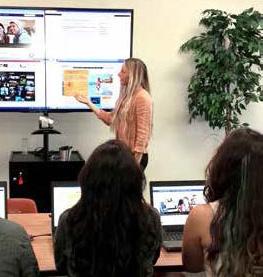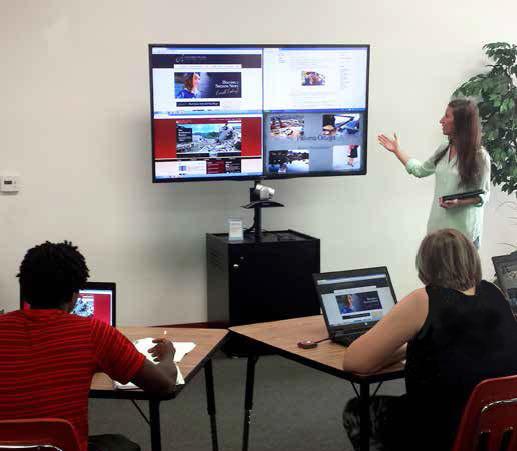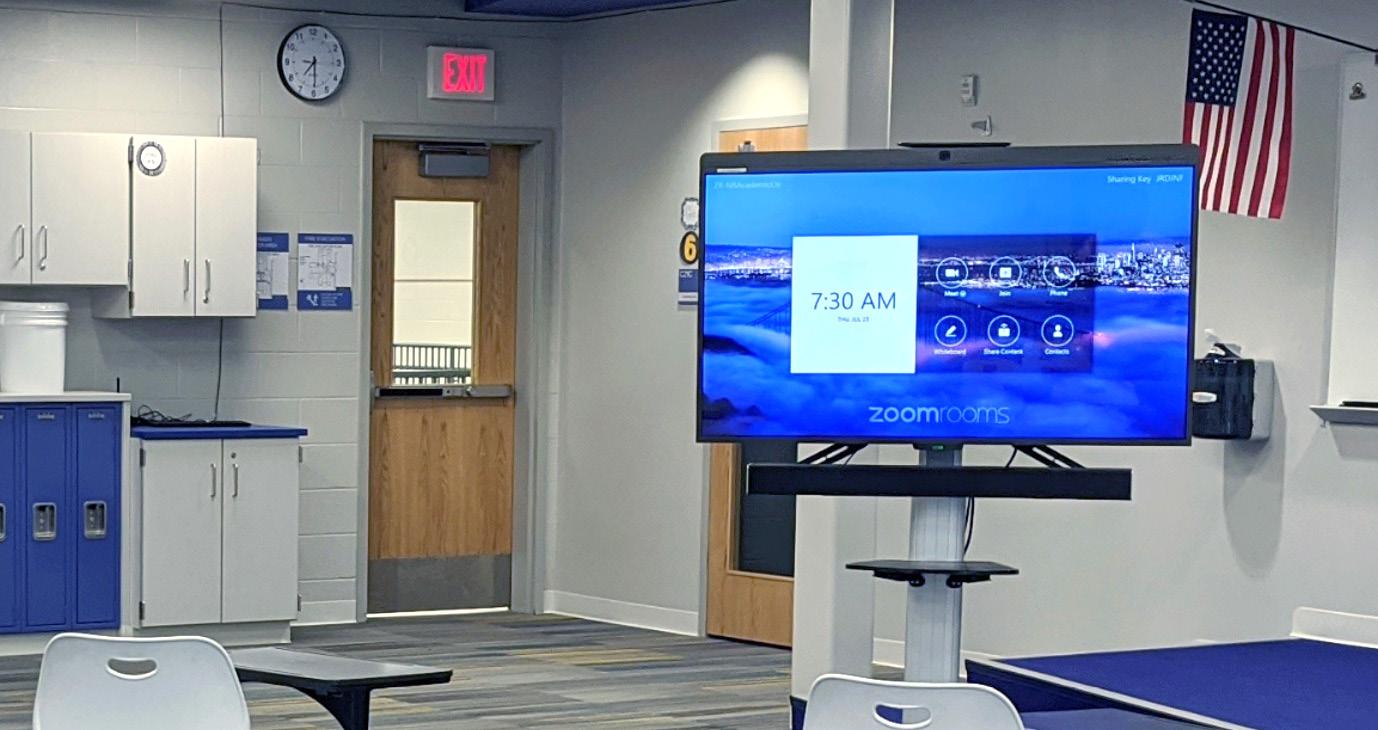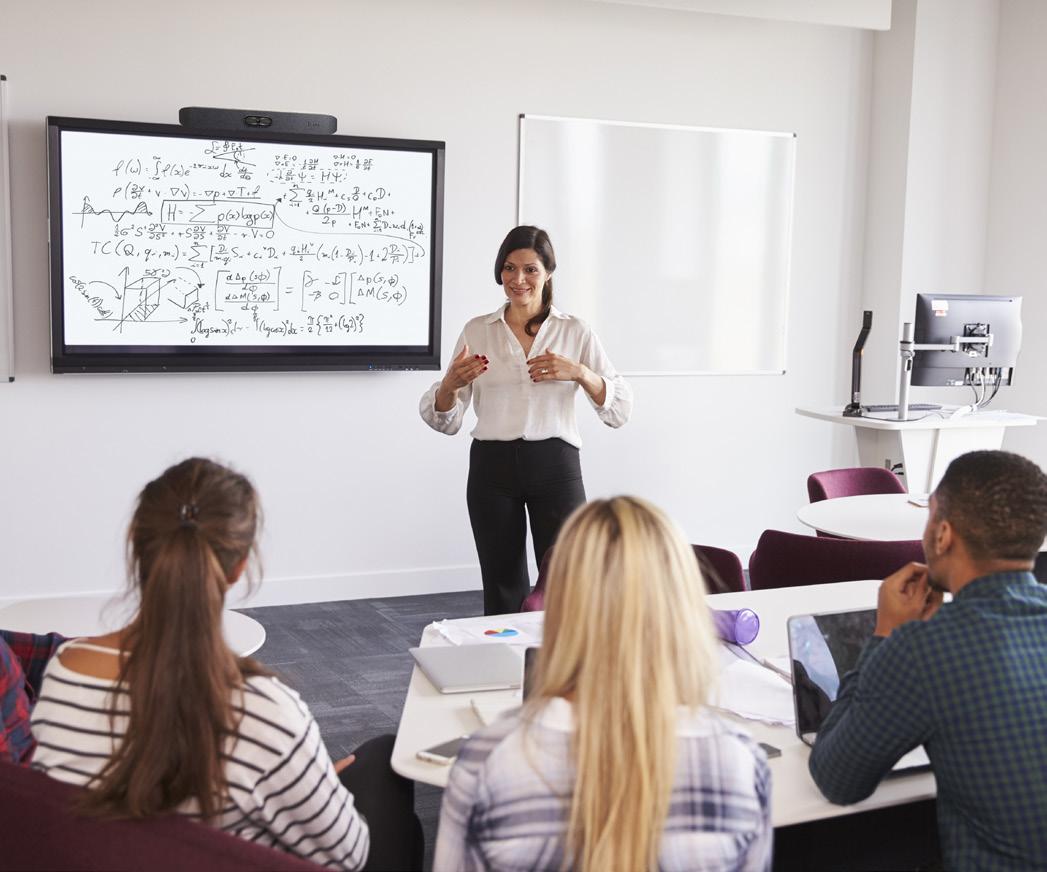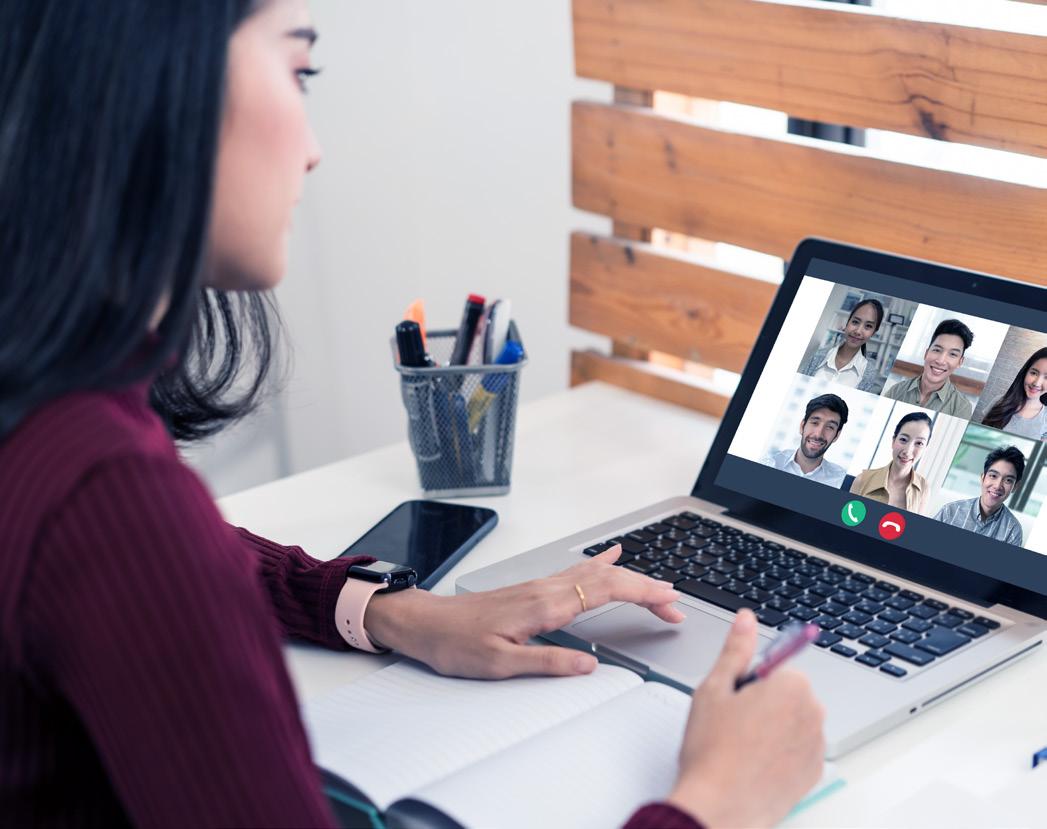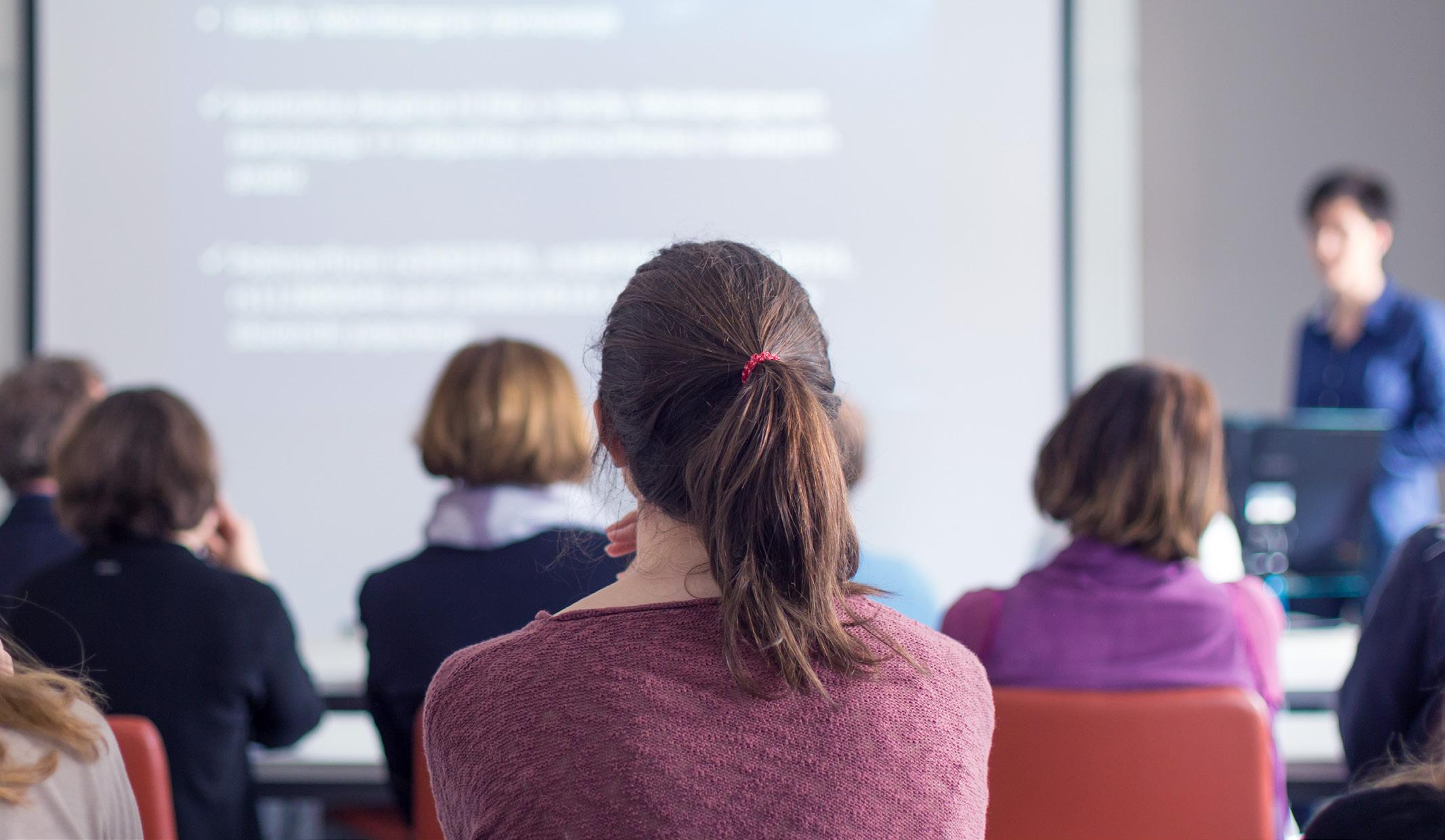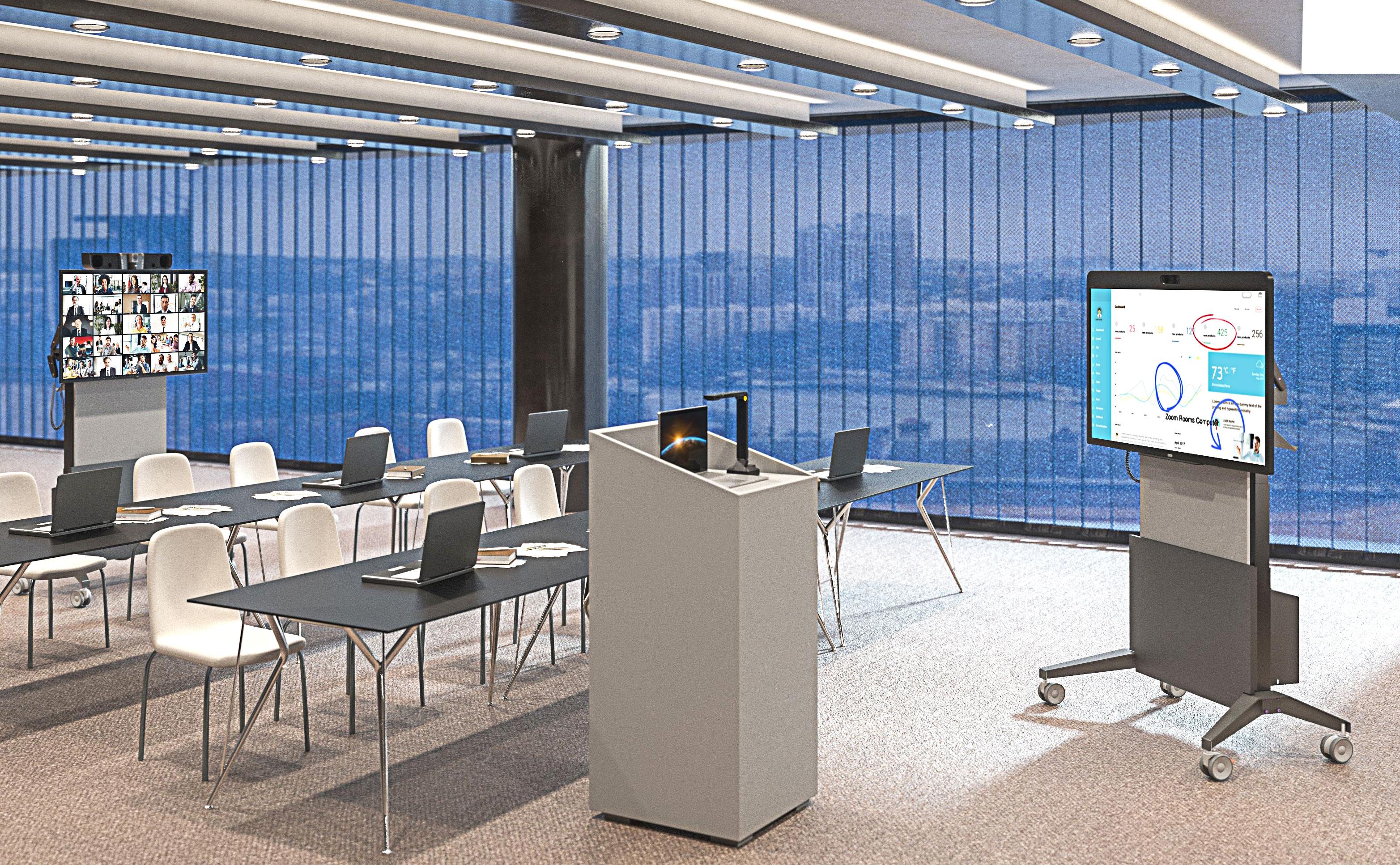The Value of Video Communications in Education By S. Ann Earon, PhD, IMCCA Founding Chairperson Video communications allow educational institutions to expand their impact across geographies to reach more students and offer new learning opportunities from guest lecturers, to research among institutions, to reaching students off campus. Regardless of whether it is known as eLearning or distance learning, the use of video communications increases productivity, reduces training costs, allows access to subject matter experts (regardless of location), and offers students real-time, immediate access to classes and course materials. The combination of multimedia and instructional design, coupled with practice activities and feedback, results in a learning environment that helps students retain course content. Learners want control of their time and eLearning gives them the opportunity to learn from anywhere at any time. To remain competitive and increase revenue, educational institutions need to use video communications to reach existing and new students, provide access to outside experts, collaborate with other institutions, and virtually communicate with students, faculty and staff.
7 |
Why eLearning Matters
The value of eLearning is being recognized by more organizations, since it is a costeffective way to train large numbers of people. It can produce significant results by not onlxy decreasing training costs, but also improving performance. Students involved in video communications are more motivated and interested in the topic and are reported to have high levels of achievement in critical thinking and problem-solving when compared to students physically in the classroom. Schools are breaking down the invisible walls of learning and are joining geographically distanced learning communities, allowing students to access educators in ways not possible before eLearning can combine several different delivery methods, including web based courses, collaboration software, and video conferencing. eLearning can also mix various event-based activities, including face-toface classrooms, self-paced learning, and live eLearning using video conferencing. eLearning is not about technology, it's about learning, using technology. The use of video communications has the potential to increase productivity and efficiency by reducing unproductive travel time, allowing more students to complete courses in a shorter period of time, reaching more students in a variety of areas, and lowering costs. By increasing access to courses, and allowing students to participate on their own time, educational institutions can quickly see a financial return on investment. Courses can be developed once and shared with students locally and at a distance, whether from the actual school where the course was created or by reaching others at distant locations who have a need for the information being delivered. Think of students needing a foreign language, but not




